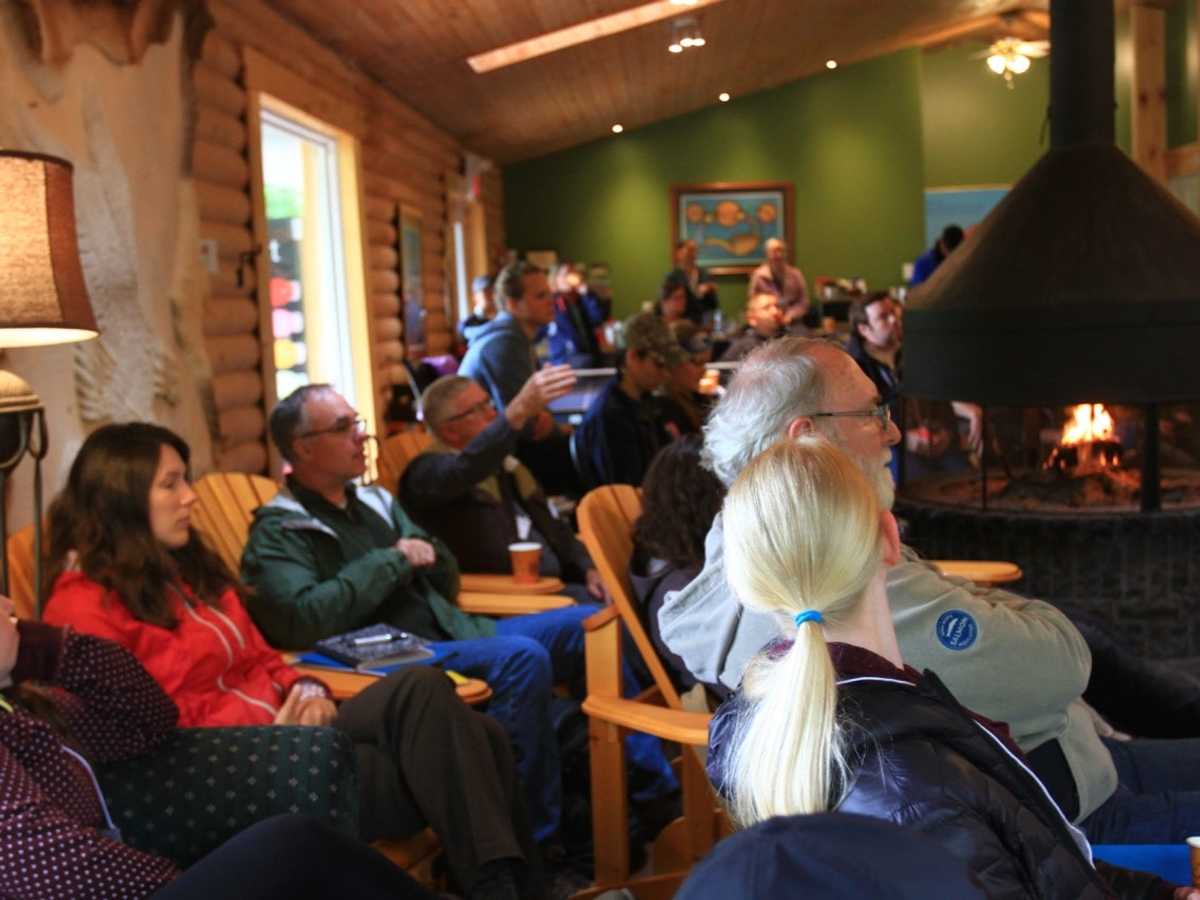
Atlantic DataStream Kickoff - Breakout Summary
Written by Lindsay Day
August 30, 2018
Atlantic DataStream Kickoff - Breakout Session Summary
On day two of the Atlantic DataStream kick-off participants gathered at the Tidal Bore Lodge for some breakout sessions, networking and discussion about moving forward with Atlantic DataStream and Atlantic Water Network.
Click Here to download the a PDF of the Session Summary
These key questions guided the conversation:
Q1: How do you plan to use Atlantic DataStream and the Atlantic Water Network?
Data storage, access and mobilization
Data management
· DataStream will be secure home to store, backup and share our project data
· A resource to help with data standardization, quality assurance and quality control (QA/QC)
Identifying data gaps and trends
· Identify water quality data gaps, priorities and research opportunities
· Putting our data in context; documenting and assessing long term changes
Contributing to the bigger picture
· Achieve regional picture of water quality and combine water data with other information to answer questions of concern
· Leveraging data collected to inform policy and protect traditional territory and shared lands and water
Communication and knowledge transfer
Education and engagement tool
· Inform the public, governments and other community groups about our monitoring efforts and results
· A source for reporting and reference material
Fostering collaboration
· A way for us to find out what other groups are doing; share successes and challenges
· Avoid duplication of sampling sites and target areas of concern lacking data
Capacity building
· Utilizing Atlantic Water Network equipment bank and training
· Learn from what other groups are doing and expertise within the network
Q2: Dream BIG – What should come next and how does it get done?
DataStream growth and expansion
· Support for the standardization of water quality data across sectors
· Connect data from across watersheds through Canada-wide expansion
DataStream technology developments
· Refine search, filter and querying functions with ability to combine datasets
· Mobile-friendly version/app for direct data entry; Interactive mapping, modelling tools and analytics
· Data use tracking
Training and Education
· Symposium, gatherings and other training and networking opportunities
· Improve water science and data literacy
Cross data-base collaboration
· Linking with other types of data
· Interoperability with other systems
Working with Indigenous ways of knowing
While DataStream was built to be a home for western-based scientific knowledge, Indigenous laws, science, and ways of knowing are also recognized as essential to informed decision-making, water stewardship, and Indigenous sovereignty. Particular considerations around working with Indigenous ways of knowing that were highlighted through the discussion included:
- Being cognizant of legal and cultural sensitivities around Indigenous ways of knowing
- Ensuring appropriate Indigenous partners for any work involving Indigenous ways of knowing
- “You can’t put a “way of knowing” into a database”
- Direct inclusion of Indigenous/Traditional knowledge is often not desirable for Indigenous communities. An alternative is to share only the metadata.
Thank you to everyone who contributed comments and suggestions!
The results are in! DataStream's 2023 external evaluation
We asked for your feedback, and you delivered! DataStream is pleased to share the results of our 2023 external evaluation.
Job Posting: Executive Director
The Executive Director (ED) will play a pivotal role in leading DataStream at an exciting time of growth.
Join DataStream's Pacific Data Drive
Do you collect water quality data in British Columbia or the Yukon? If YES, we want to work with you!


